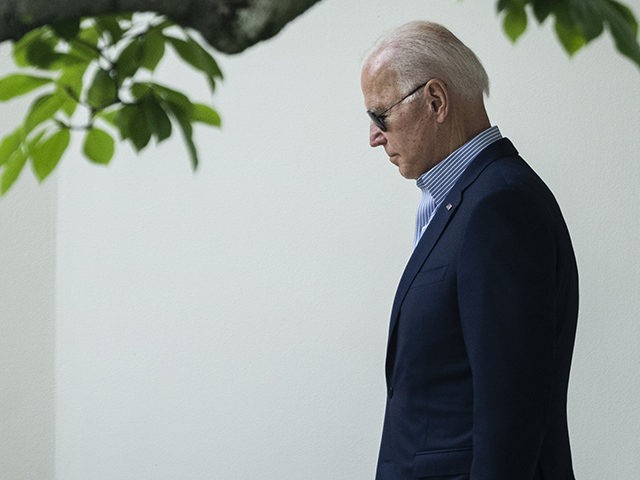Inflationary pressures remain extremely high in the American heartland, survey data from the Federal Reserve Bank of Kansas City showed Thursday.
The Kansas City Fed said its index of prices paid for raw materials by manufacturers remained near record highs in July. Eighty-two percent of companies said prices had increased compared with a month ago, with two percent reporting lower prices. That’s a slight decline from the record high numbers hit in May and June. One hundred percent of companies reported paying more than a year ago.
And many businesses are succeeding in raising their prices. Fifty-two percent reported higher prices in July compared with June, with just two percent lowering prices. That’s an increase from June and May, suggesting higher prices have become more widespread. Eighty-four percent reported higher prices from July 2020, with four percent lowering prices.
Perhaps more troubling for Fed officials and the Biden administration is that there is no sign that the pricing pressure will fade in the coming months. Expectations for prices paid for materials and prices for finished goods six months from now both moved higher than they were a year ago, with 79 percent of businesses expecting to pay more for materials and 69 percent expecting to raise prices for their products.
This month’s survey included special questions about labor shortages, wage pressures, and supply chain disruptions.
The Kansas City Fed reported:
- In July, 91 percent of manufacturers said workers were in short supply, more than any time previously asked in survey history.
- Wage pressures also surpassed survey records with 78 percent of companies saying they have had to raise wages more than normal to attract or keep workers.
- To attract new talent, 72 percent reported raising compensation, 60 percent reported hiring less qualified workers with more on the job training, and another
60 percent increased advertising for open positions. - As labor shortages have persisted, 75 percent of firms have increased overtime to compensate, 47 percent have increased automation, and 36 percent reported up-skilling or re-skilling
their existing labor force.
Higher wages are good news for workers but labor and supply shortages are also slowing production and raising prices, which means wage gains could be offset or overwhelmed by inflation. Thirty percent of manufacturers reported limiting production capacity due to labor shortages. Eighty-nine percent said they had challenges with supply chain disruptions and shortages. Of those, 69 percent indicated they were delaying projects or pushing back work as well as diversifying suppliers. Due to supply chain issues, 62 percent of manufacturers responded by raising prices, 56 percent reported increasing inventories, and another 36 percent reported turning away business.
The month-over-month composite index was 30 in July, up from 27 in June and 26 in May. The composite index is an average of the production, new orders, employment, supplier delivery time, and raw materials inventory indexes. The indexes are comprised of survey responses from manufacturers in the Federal Reserve’s 10th district, which includes Colorado, Kansas, Nebraska, Oklahoma, Wyoming, and portions of western Missouri and northern New Mexico. It is second only to the Federal Reserve Bank of San Francisco in size of geographic area covered.

COMMENTS
Please let us know if you're having issues with commenting.